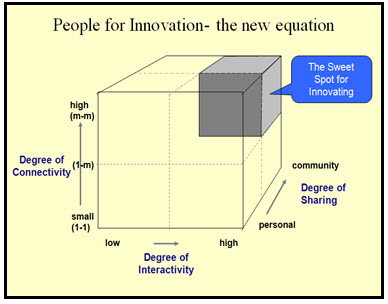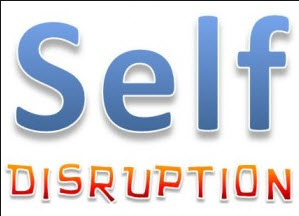
Mapping any innovation journey can be complicated. There is a fairly detailed journey needed to be undertaken for mapping out your future direction of innovation.
Let’s get straight into it and the process and sequence needed within any innovation journey.
Firstly you have to work through the Strategic Needs– this needs to cover the type of approaches, the scope and intent, the assessments of the required impact for the end customer and organizational value, the understanding and outlines of this becoming organizational-wide in its integrated needs.
This approach does need a systematic approach, continuous up-dated toolboxes and visible metrics and tracking. Lastly, to build and quickly test, adopt and scale as knowledge and understanding are gained.
Second, there is the need to build reference points for future innovation activities, so duplication and learning can be built into understanding. Here it is vital to have gained the continued support and engagement of high-level participation, where we recommend the Leadership Alignment work Mat approach,


 “Why do we always seem to have internal difficulties to self-disrupt?”
“Why do we always seem to have internal difficulties to self-disrupt?”

